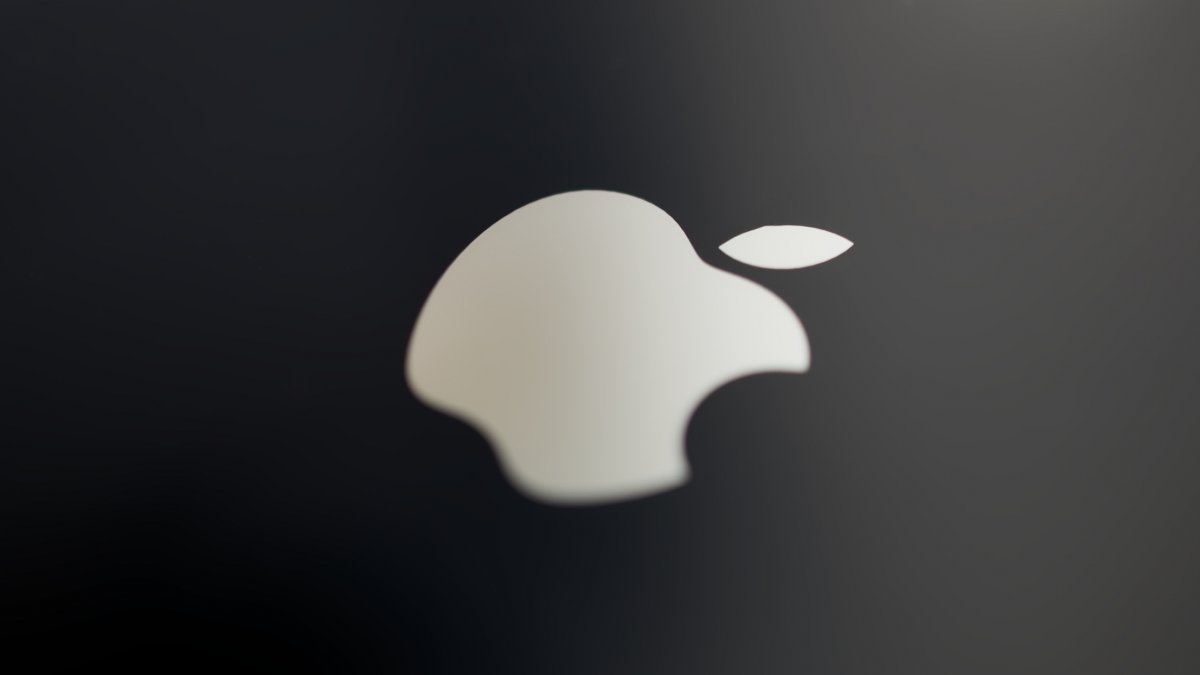The Swiss have a unique relationship with apples, as seen in the work of Friedrich Schiller’s Wilhelm Tell. Now, a new apple-related dispute is taking place in Switzerland, but this time it involves the iPhone manufacturer, Apple. The case is being heard at the Federal Administrative Court in St. Gallen, where Apple is suing the Swiss Federal Institute for Intellectual Property. Apple wants to extend the protection of its logo to include a lifelike apple of the Granny Smith variety in all colors. This extension of protection could potentially restrict the use of apple imagery in trademarks in the future. The Institute rejected Apple’s application, stating that an apple is common property. The Swiss Fruit Association, which has an iconic red apple in its logo, also believes that the apple should be shared and not monopolized. They are awaiting the final decision of the court before taking any action regarding their brand.
This dispute has aroused international interest, as other countries, such as Israel, Japan, and Turkey, have granted Apple extended protection rights. Apple has a history of vigorously protecting its brand in legal disputes, even when it comes to seemingly minor infringements such as bike tours or small cafés using the term “apple” in their name or imagery. Constantin Rehaag, an expert in trademark law, explains that brand owners have a duty to protect their assets, especially when it comes to intellectual property. Trademarks are vulnerable and require protection. Apple, with its valuable brand, is no exception to this rule.
In the case of Apple’s specific application for trademark protection of the lifelike Granny Smith apple, it is important to determine the distinctiveness of the mark. While the stylized apple logo has proven to be distinctive for computers and telecommunications devices, representing an apple in a more generic way, such as for a fruit store, may raise questions of availability. Rehaag explains that there is greater freedom in the design of figurative marks, and the protection area for such marks should be limited. Ultimately, the decision relies on finding a balance between the similarities of the marks and the goods and services they represent.
The outcome of this dispute will have implications not only for Apple but also for other companies that use apple imagery in their branding. The Swiss Fruit Association, with its longstanding logo featuring an apple, is particularly concerned about the potential impact on their brand. As the final decision awaits, it remains to be seen how this dispute will be resolved and what it means for the future use of apple imagery in trademarks.



